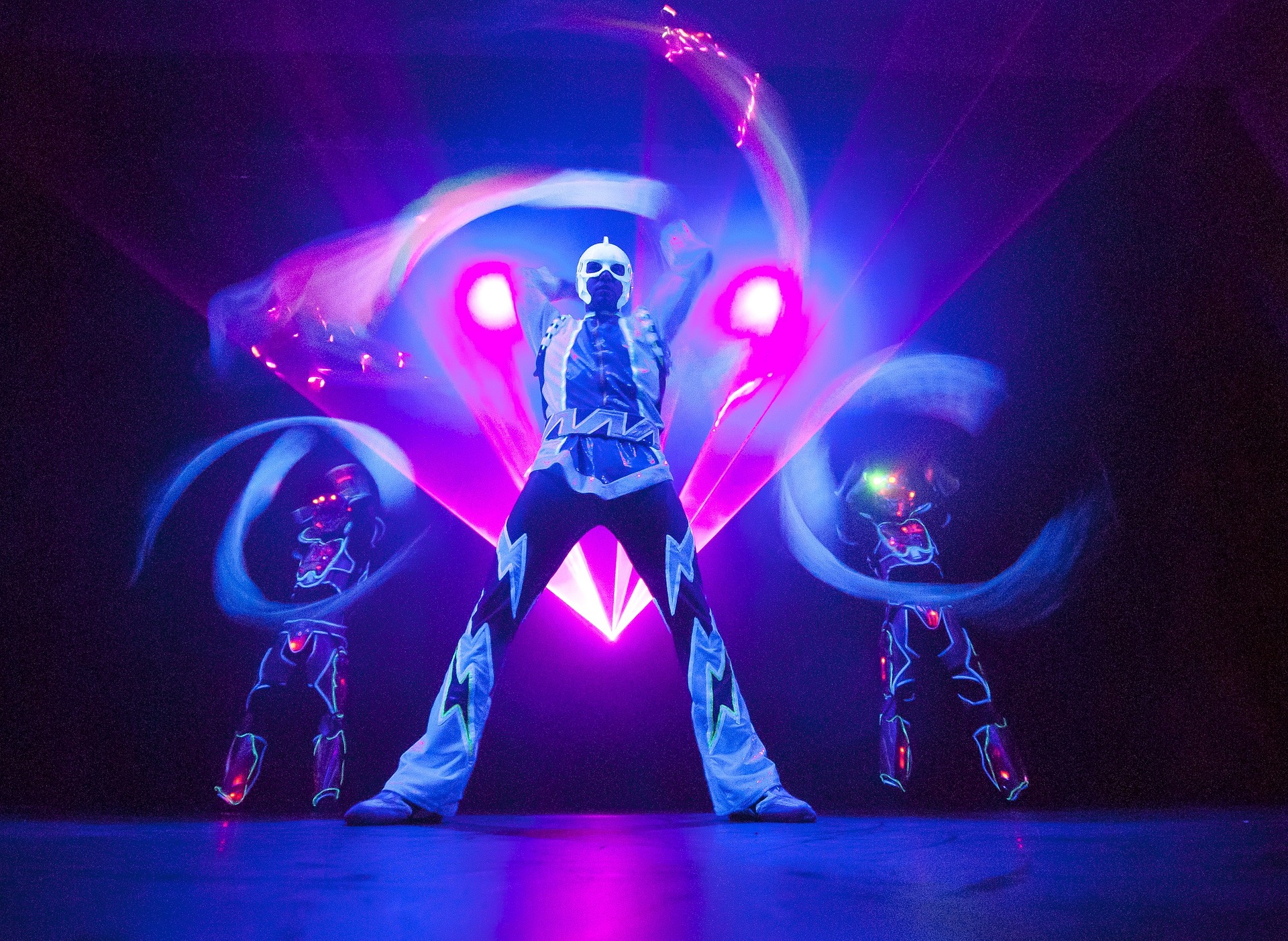From Stage to Screen: The Phantasmagoric World of Digital Theatre
As theatres around the globe went dark due to the pandemic, a new art form emerged in the spotlight: Digital Theatre. This article will dive into the history, development, and impact of this innovative artistic movement, exploring how it's revolutionizing the performing arts realm.

The Dawn of Digital Theatre
Digital Theatre didn’t just pop up overnight. Its roots run deep, tracing back to various multimedia and interactive art experiments in the late 20th century. However, the real push came with the advent of advanced digital technology and high-speed internet, which provided artists with the tools to create and distribute virtual performances. The pandemic accelerated this evolution, as theatres were forced to close and artists sought new ways to reach audiences.
The Digital Stage: A New Frontier
The defining feature of Digital Theatre is its ability to transcend physical constraints. Unlike traditional theatre, digital performances can incorporate a wide range of multimedia elements, from computer-generated imagery (CGI) to virtual reality (VR). This opens up an entirely new realm of possibilities for creative expression, allowing artists to craft immersive, multidimensional experiences that push the boundaries of theatrical storytelling.
Current Trends and Developments
The Digital Theatre movement is continually evolving, with artists and companies experimenting with new technologies and storytelling techniques. A recent trend is the use of live-streaming to broadcast performances in real-time, offering a unique blend of immediacy and accessibility. The rise of VR is also significant, with several productions employing this technology to create fully immersive theatrical experiences.
Impact and Reception: A Mixed Bag
The reception to Digital Theatre has been mixed. Some critics argue that it lacks the intimacy and immediacy of live theatre, while others praise its innovation and accessibility. Despite the debate, it’s clear that Digital Theatre is making a significant impact on the performing arts industry, challenging traditional norms and offering new opportunities for creative expression.
The Future of Digital Theatre
Despite its controversial nature, Digital Theatre appears to have a promising future. As technology continues to evolve, so too will the possibilities for this innovative art form. While it may never replace the magic of live theatre, Digital Theatre offers a new, exciting way for artists and audiences to connect, regardless of geographical boundaries or physical limitations.
In conclusion, Digital Theatre is a dynamic, evolving movement that is reshaping the landscape of the performing arts. By embracing the possibilities of digital technology, this innovative art form is pushing the boundaries of theatrical storytelling and offering new avenues for creative expression. As we move forward into the digital age, it will be fascinating to see how this movement continues to develop and redefine the theatre as we know it.






